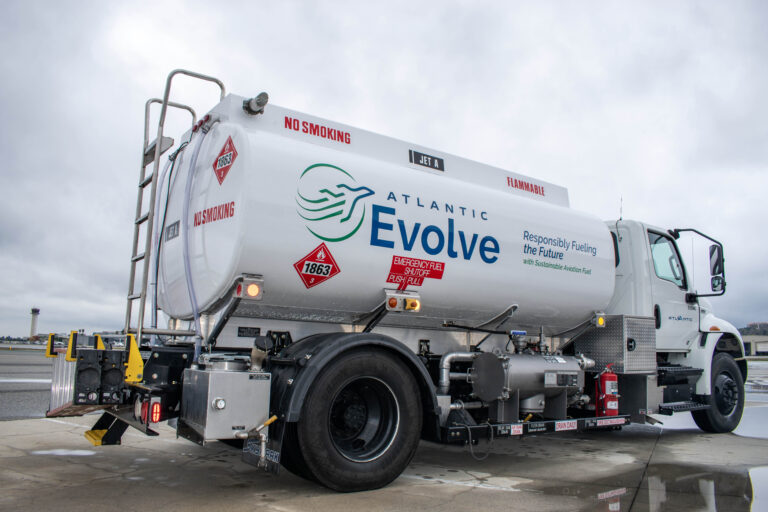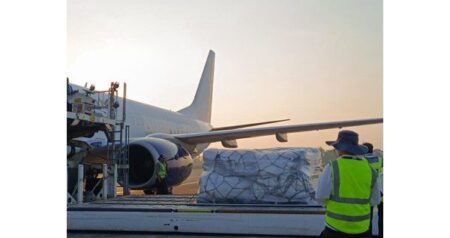Sustainable aviation fuel (SAF) for use by general aviation jets is now available at Long Beach Airport (LGB).
“I commend Atlantic Aviation for their proactive approach in adopting sustainable alternatives and working collaboratively with their business partners,’’ said Mayor Rex Richardson. “This initiative shows Long Beach’s commitment to sustainability and our collective efforts to build a future that is not just prosperous, but also environmentally responsible. This is a significant step towards our goal of a more sustainable future for Long Beach.”
Atlantic Aviation plans to maintain a supply of SAF volumes into the market to meet all customer demand.
“Atlantic is keenly aware of general aviation’s responsibility to combat rising emissions and work towards a cleaner environment,” said Eric Newman, VP of commercial strategy & sustainability at Atlantic Aviation.
“SAF is jet fuel, providing the most tangible near-term solution to make an impact on aviation emissions. Atlantic is committed to doing our part to make an impact with simple and reliable advancements across our network.”
The emissions reduction benefits of SAF are realized when the fuel is created via renewable feedstocks instead of crude oil, not when it is combusted.
Neat—or unblended—SAF provides up to an 80% reduction in lifecycle greenhouse gas emissions compared to conventional jet fuel. Large general aviation and commercial aircraft use Jet A, which does not contain lead.
“Sustainability is a priority at Long Beach Airport, and collaboration with our tenants is an essential part in delivering greener options,” said airport director Cynthia Guidry. “This is a shared journey with our business partners at LGB, and together we are ensuring a more sustainable future for us all.”
Beyond expanding its services to include SAF for purchase, Atlantic Aviation is also redeveloping its complex to include other sustainably-minded projects at LGB. The company is finalizing a 30,000-square-foot hangar with additional office space that will be topped with a 1.1-million-kilowatt solar installation expected to support all electricity needs of the facility.





